I need eight by two block.
Eight dots long and two dots wide.
What the heck are chells, anyway?
セルって一体何だい?
In fact all living things are made of one or more cells.
They're the building blocks of life.
■ cell ■[noun]細胞the smallest structural and functional unit of an organism

If you could look at yourself through a microscope,
You could see that you're divided into millions of tiny sections.
These sections are called cells.
Cells live with other cells like them in group called "tissues".
セルは、「ティッシュー(組織)」と呼ばれるグループの中でこのように他のセルと共に生きます。

This here is a typical cell.
It's basically a blob of jelly-like fluid called "cytoplasm",
そのほとんどは、「サイトプラズム」と呼ばれるドロっとしたゼリー状の液体です。
surrounded by a cell-membrane.
The membrane lets good stuff in and keeps bad stuff out.
Floating around in the cytoplasm are "organelles".
サイトプラズムの中を漂っているのは、「オーガネルズ(細胞小器官)」です。
These little guys do all the work that cells need to do,
like make proteins, turn food into energy, and get rid of waste.
Right, just like the body has organs for different functions, the cell has organelles for its functions.
To remove waste, your body has the kidneys and intestines.
A cell has "lysosomes" and "peroxysomes".
セルは「ライセソムズ」と「ペロキソムズ」を持ってます。(不要なものを捨てる器官)
A cell's "brain" is its genetic material, DNA and RNA.
セルの「頭脳」は、その遺伝物質、DNA及びRNAです。
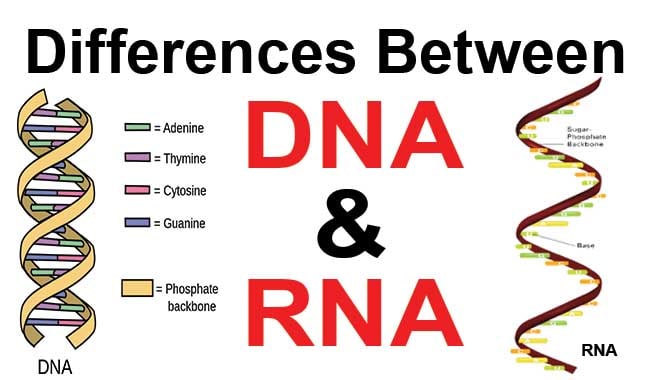
Genes are like a computer program that controls all of an organism's functions.
The genetic material inside each cell coordinates all of its actions.
Plants and animals, including people, are made of "eukaryotic cells",
植物も人間を含む動物も、「ユーキャリオティック・セル(頭脳のある細胞)」で作られている。
which means their genetic material is surround by a membrane.
遺伝物質は膜で覆われてます。
Together, the genes and the membrane form an organelle called the "nucleus".
遺伝物質と膜を合わせたオーガネルは「ニュークリアス」といいます。
The other type of cell, "prokaryotic", has no nucleus.
他のセルで「プロカリヨティック」はニュークリアス(頭脳)をもってません。
Genetic information in prokaryotic cells just sort of floats free in the cytoplasm.
Most prokaryotes are single-celled bacteria, like Lactobacillus acidophilus,
which is used to make yogurt.
Nope, not all cells look like these.
In any given organism, different cells carry out very specialized functions.
As a result, they can look very different.
Some types of bone cells are star-shaped.
Muscle cells have to be stretchy.
Nerve cells can be really long, so they can carry signals from one part of the body to another.
This bacteria has little hairs growing out of its membrane to help it move around.
Red blood cells are sort of shaped like little bowls.
Plants cells have a rigid cell wall that maintains their shape.
Inside the human body, cells range from microscopic to over a meter long!
You have about 75 trillion (10の12乗) cells in your body,
enough to stretch around the earth 47 times.
Whether they're eukaryotic or prokaryotic, almost all cells have the ability to divide.
In eukaryotes, the process is called "mitosis".
分裂するプロセスを「マイトシス」といいます。
The cell stretches out, and then separates into two distinct cells.
セルは伸びて、二つの異なるセルに別れます。
This is how you grow.
nucleus(singular) nuclei(plural)
infinitesimal 最小限の 一番小さい
Eight dots long and two dots wide.
What the heck are chells, anyway?
セルって一体何だい?
In fact all living things are made of one or more cells.
They're the building blocks of life.
■ cell ■[noun]細胞the smallest structural and functional unit of an organism

If you could look at yourself through a microscope,
You could see that you're divided into millions of tiny sections.
These sections are called cells.
Cells live with other cells like them in group called "tissues".
セルは、「ティッシュー(組織)」と呼ばれるグループの中でこのように他のセルと共に生きます。

This here is a typical cell.
It's basically a blob of jelly-like fluid called "cytoplasm",
そのほとんどは、「サイトプラズム」と呼ばれるドロっとしたゼリー状の液体です。
surrounded by a cell-membrane.
The membrane lets good stuff in and keeps bad stuff out.
Floating around in the cytoplasm are "organelles".
サイトプラズムの中を漂っているのは、「オーガネルズ(細胞小器官)」です。
These little guys do all the work that cells need to do,
like make proteins, turn food into energy, and get rid of waste.
Right, just like the body has organs for different functions, the cell has organelles for its functions.
To remove waste, your body has the kidneys and intestines.
A cell has "lysosomes" and "peroxysomes".
セルは「ライセソムズ」と「ペロキソムズ」を持ってます。(不要なものを捨てる器官)
A cell's "brain" is its genetic material, DNA and RNA.
セルの「頭脳」は、その遺伝物質、DNA及びRNAです。

Genes are like a computer program that controls all of an organism's functions.
The genetic material inside each cell coordinates all of its actions.
Plants and animals, including people, are made of "eukaryotic cells",
植物も人間を含む動物も、「ユーキャリオティック・セル(頭脳のある細胞)」で作られている。
which means their genetic material is surround by a membrane.
遺伝物質は膜で覆われてます。
Together, the genes and the membrane form an organelle called the "nucleus".
遺伝物質と膜を合わせたオーガネルは「ニュークリアス」といいます。
The other type of cell, "prokaryotic", has no nucleus.
他のセルで「プロカリヨティック」はニュークリアス(頭脳)をもってません。
Genetic information in prokaryotic cells just sort of floats free in the cytoplasm.
Most prokaryotes are single-celled bacteria, like Lactobacillus acidophilus,
which is used to make yogurt.
Nope, not all cells look like these.
In any given organism, different cells carry out very specialized functions.
As a result, they can look very different.
Some types of bone cells are star-shaped.
Muscle cells have to be stretchy.
Nerve cells can be really long, so they can carry signals from one part of the body to another.
This bacteria has little hairs growing out of its membrane to help it move around.
Red blood cells are sort of shaped like little bowls.
Plants cells have a rigid cell wall that maintains their shape.
Inside the human body, cells range from microscopic to over a meter long!
You have about 75 trillion (10の12乗) cells in your body,
enough to stretch around the earth 47 times.
Whether they're eukaryotic or prokaryotic, almost all cells have the ability to divide.
In eukaryotes, the process is called "mitosis".
分裂するプロセスを「マイトシス」といいます。
The cell stretches out, and then separates into two distinct cells.
セルは伸びて、二つの異なるセルに別れます。
This is how you grow.
nucleus(singular) nuclei(plural)
infinitesimal 最小限の 一番小さい











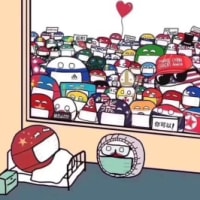
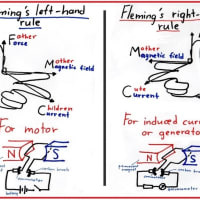
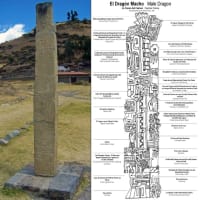
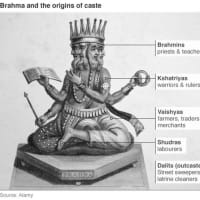

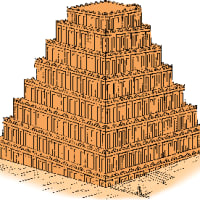


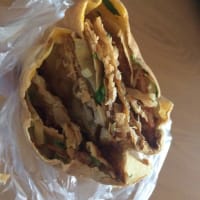
※コメント投稿者のブログIDはブログ作成者のみに通知されます